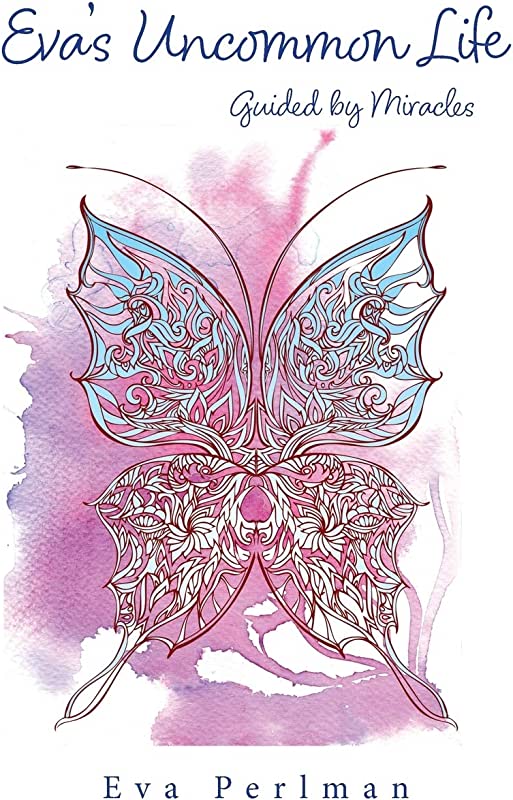
This is the second of an occasional series of stories I worked on that are worth telling.
According to study.com, there have been more than 20,000 books written about the Holocaust. It is a sensitive topic from personal and historic standpoints, and a ghostwriter has to make sure that if he or she is going to work with somebody who wants to tell such a story, it has to be unique from all the other Holocaust-related stories out there.
The Holocaust stories I am most familiar with take place in Germany or Poland because the most famous events and places were there, such as Kristallnacht, the Warsaw Ghetto, and the major extermination camps. Books often include or are completely about eyewitness accounts of the horrors these people survived. But since the Holocaust was genocide of European Jews throughout Nazi-occupied territory, and since the Nazis occupied parts or entireties of 19 countries on today’s map, the stories go beyond those two countries.
That was why I was so grateful to meet Eva Perlman, a German-born Jew who survived the Holocaust in France. I had never encountered any Holocaust survivor outside of Germany and Poland, so I was intrigued to learn how different or similar Eva’s experiences were compared to what I knew. (And remember, unique stories is one thing a ghostwriter looks for.)
It turns out that Eva’s story wasn’t like the stories I typically hear. She never was in a camp. She hid in plain sight, a little blonde-haired girl who spoke French and German and didn’t look Jewish. One story she told was how a Nazi came to live with her family in the French mountains and how her mother—also a German-born Jew—pretended she was French and pretended she didn’t understand German so the Nazi had no idea she knew everything he said.
What made stories like this so compelling was how the reader could place himself or herself right there in that tiny French house, feel claustrophobic as the Nazi marched, patrolled, strutted, and walked around. I felt the terror that he would discover the people who lived with were Jews was real, and while I knew the ending, getting there was harrowing.
Along the way, Eva witnessed Nazis shooting people in the back as they fled into the forest—more graphic tales that I could visualize as I read. But she also met her future husband there, and the strange convergence of events that went into their meeting made me understand why she decided to subtitle the book “Guided by Miracles.”
Another aspect of the story that I found unique: Eva was the type of person who talked about her experiences. I know many Holocaust survivors clam up and tell their children very little. Eva is exactly the opposite, educating anyone and everyone. She even has a venue: the annual March of the Living. It’s an event in which students from all over the world come to Poland to learn about and explore the sites of the worst horrors of man’s inhumanity to man: the Auschwitz-Birkenau, Treblinka, and Majdanek death camps, where almost half of the six million Jews were murdered. On Holocaust Remembrance Day, everybody silently marches out of the camp, in direct contrast to the death marches the Nazis subjected prisoners to near the end of the war.
I had never heard of this event, but once I read and learned about it, my admiration for Eva grew exponentially.
Books like these need to be circulated as more Holocaust survivors die so people can be inspired to remember and not let similar threats of fascism take hold, in this country or anywhere else.
If you are ready to share your story with the world, connect with a ghostwriter in Los Angeles and other areas by contacting Lee today.
Let's Start A New Project Together
Contact me and we can explore how a ghostwriter or editor can benefit you.
